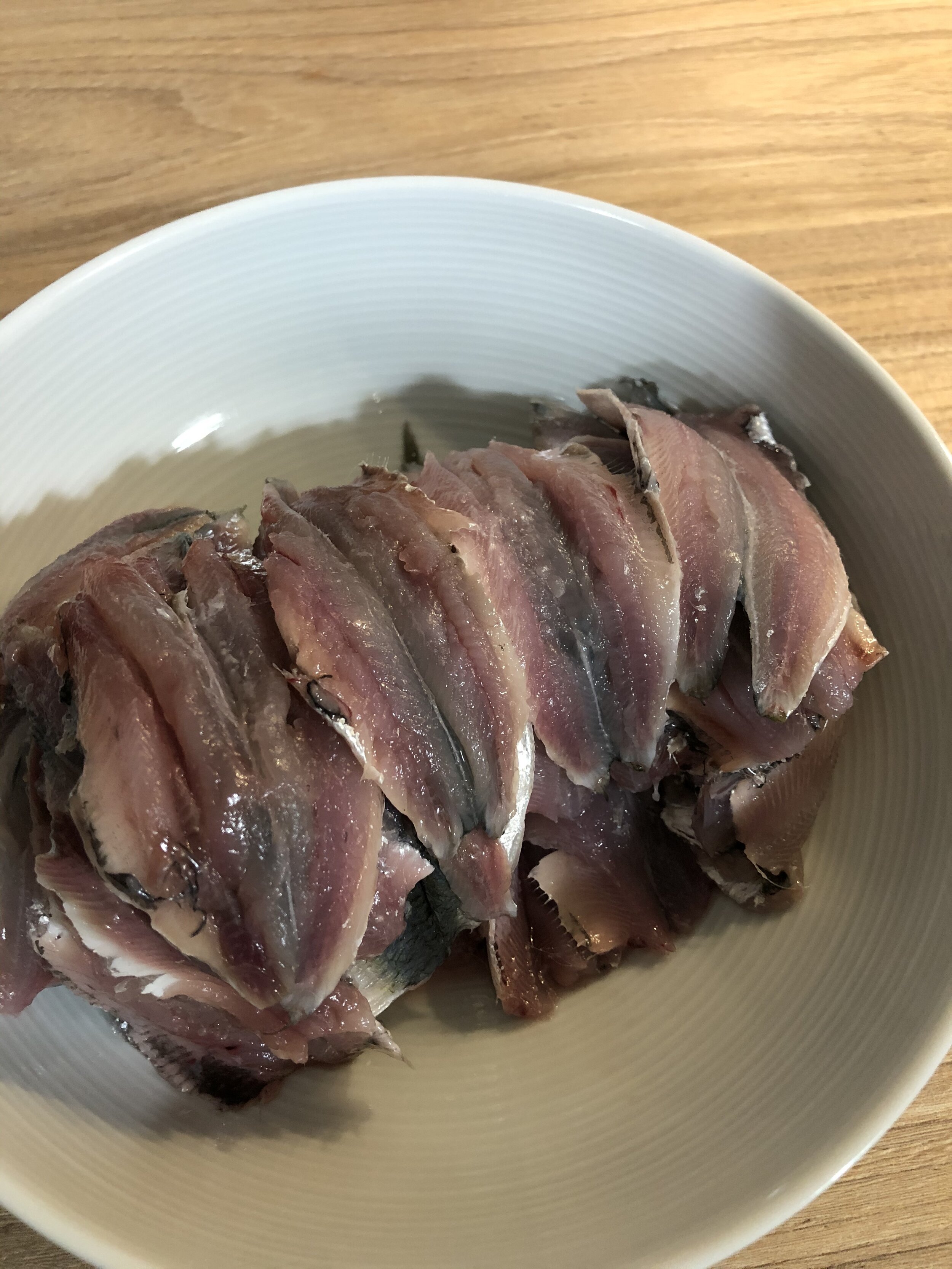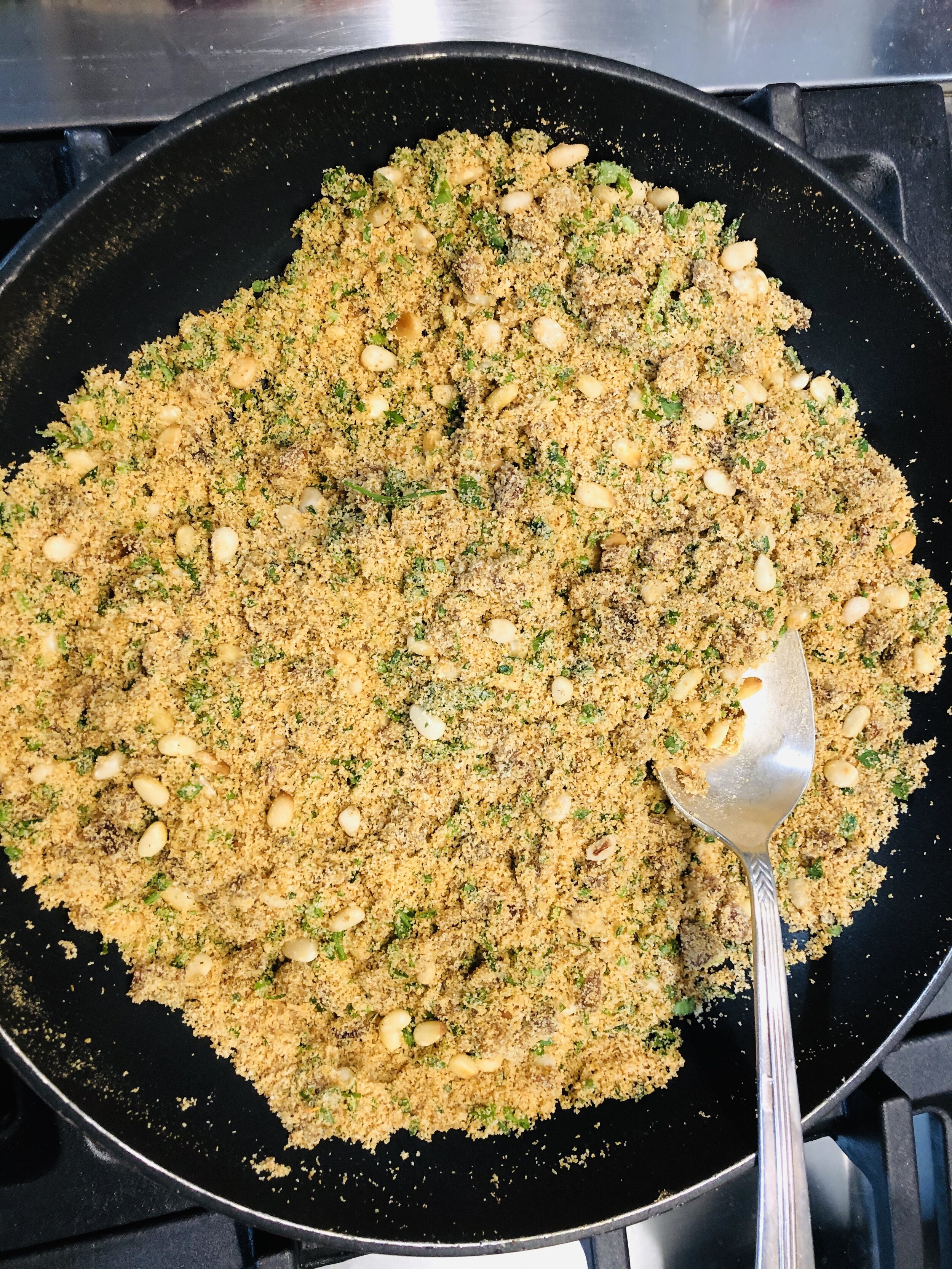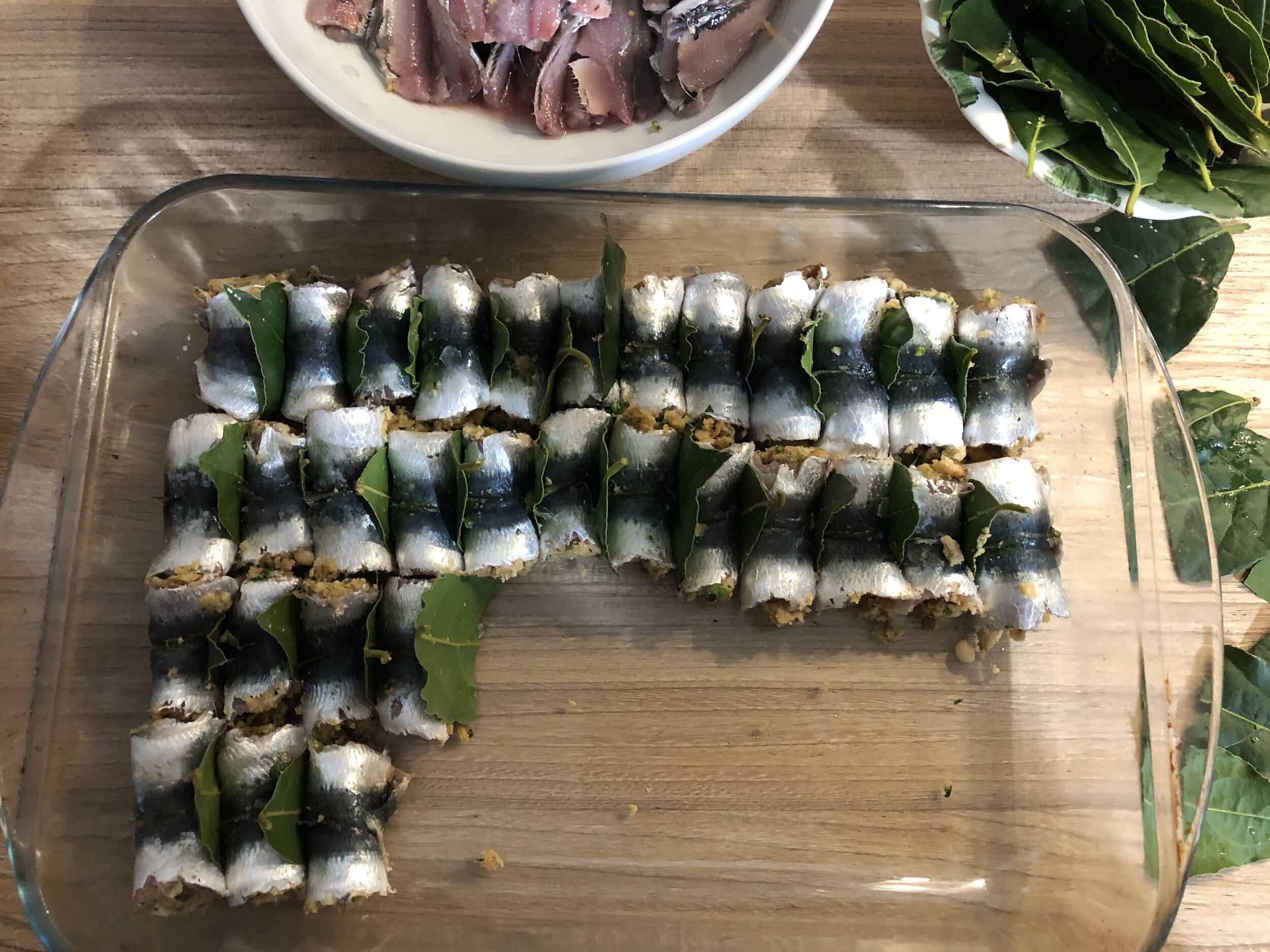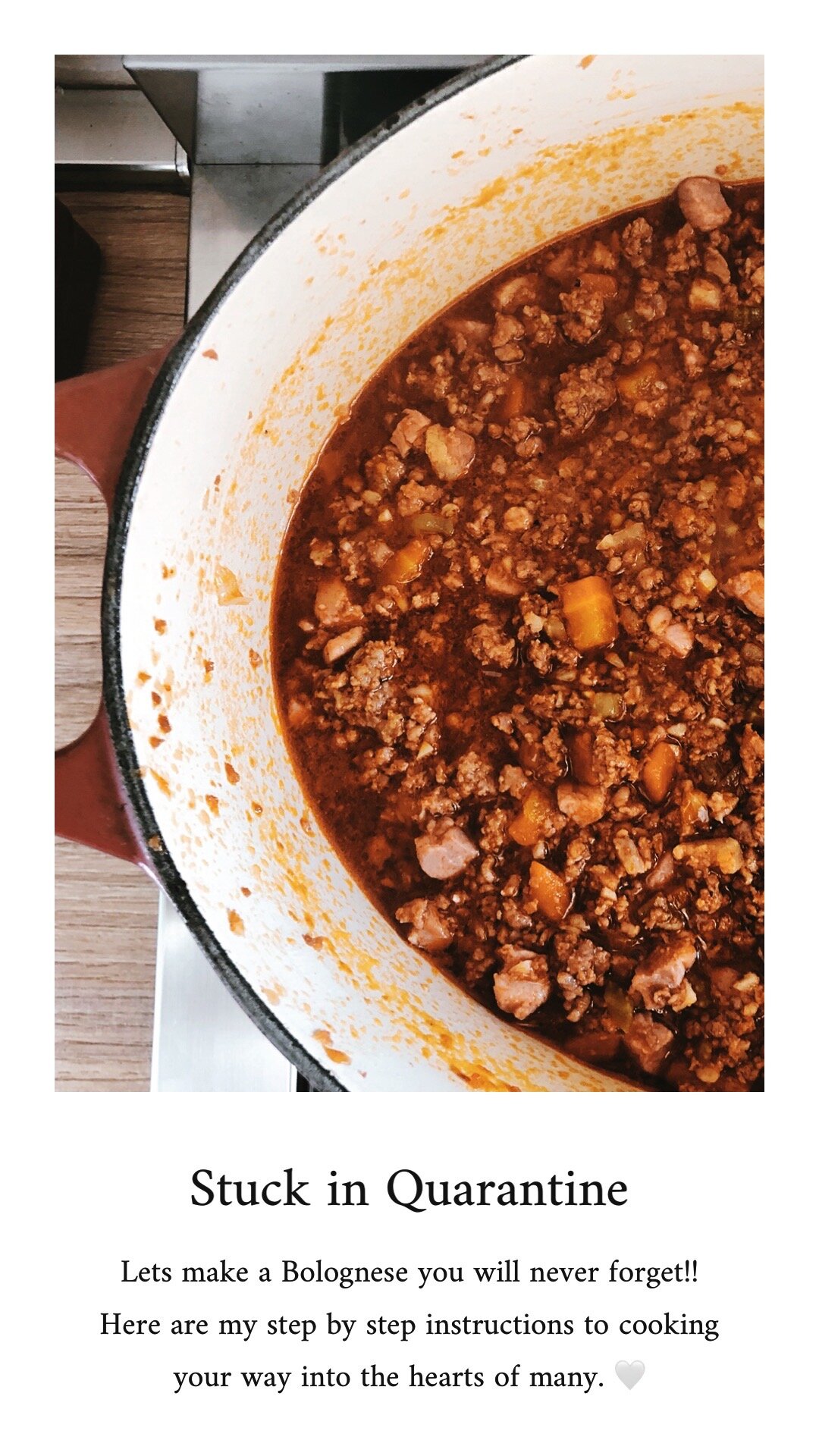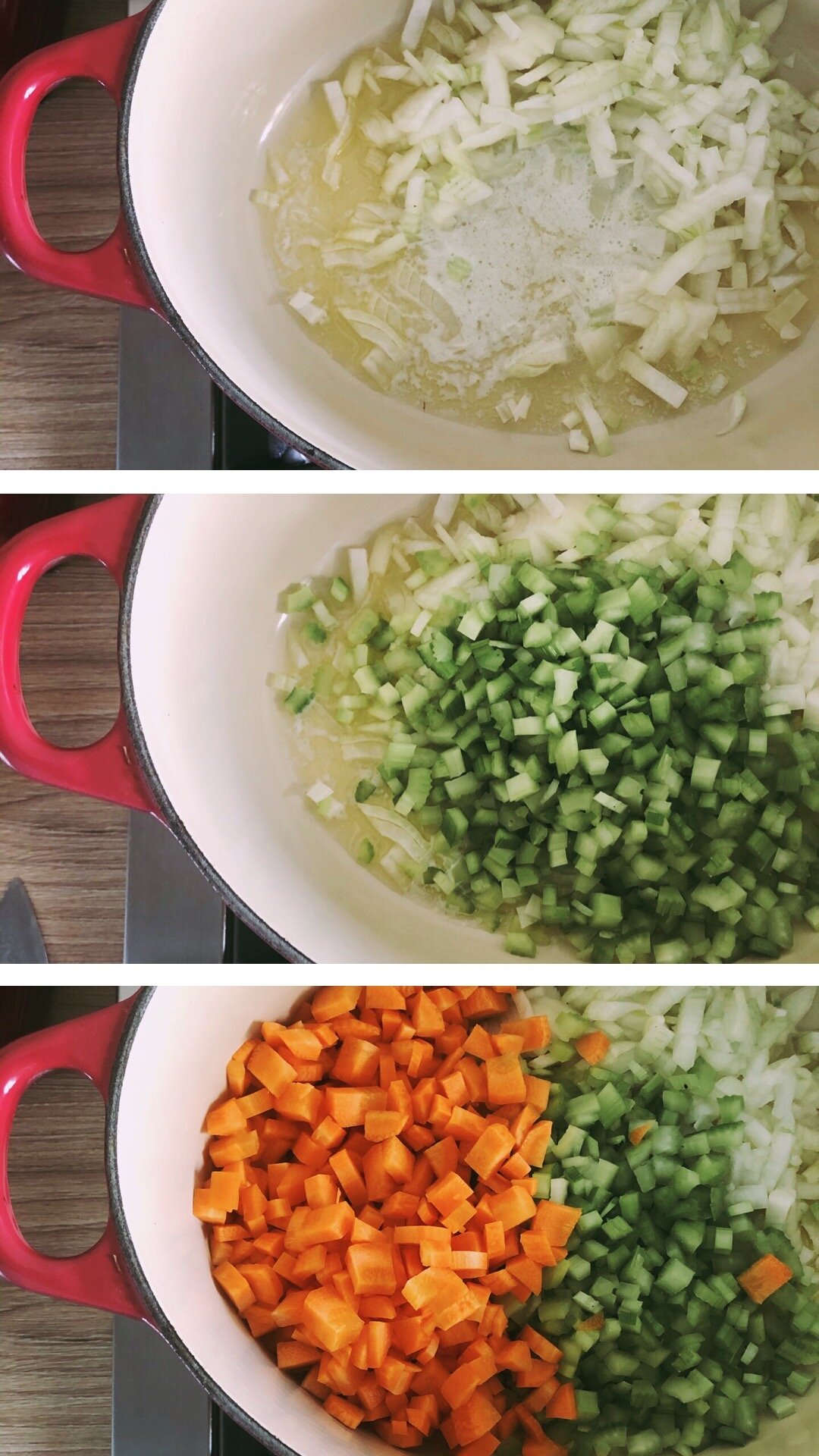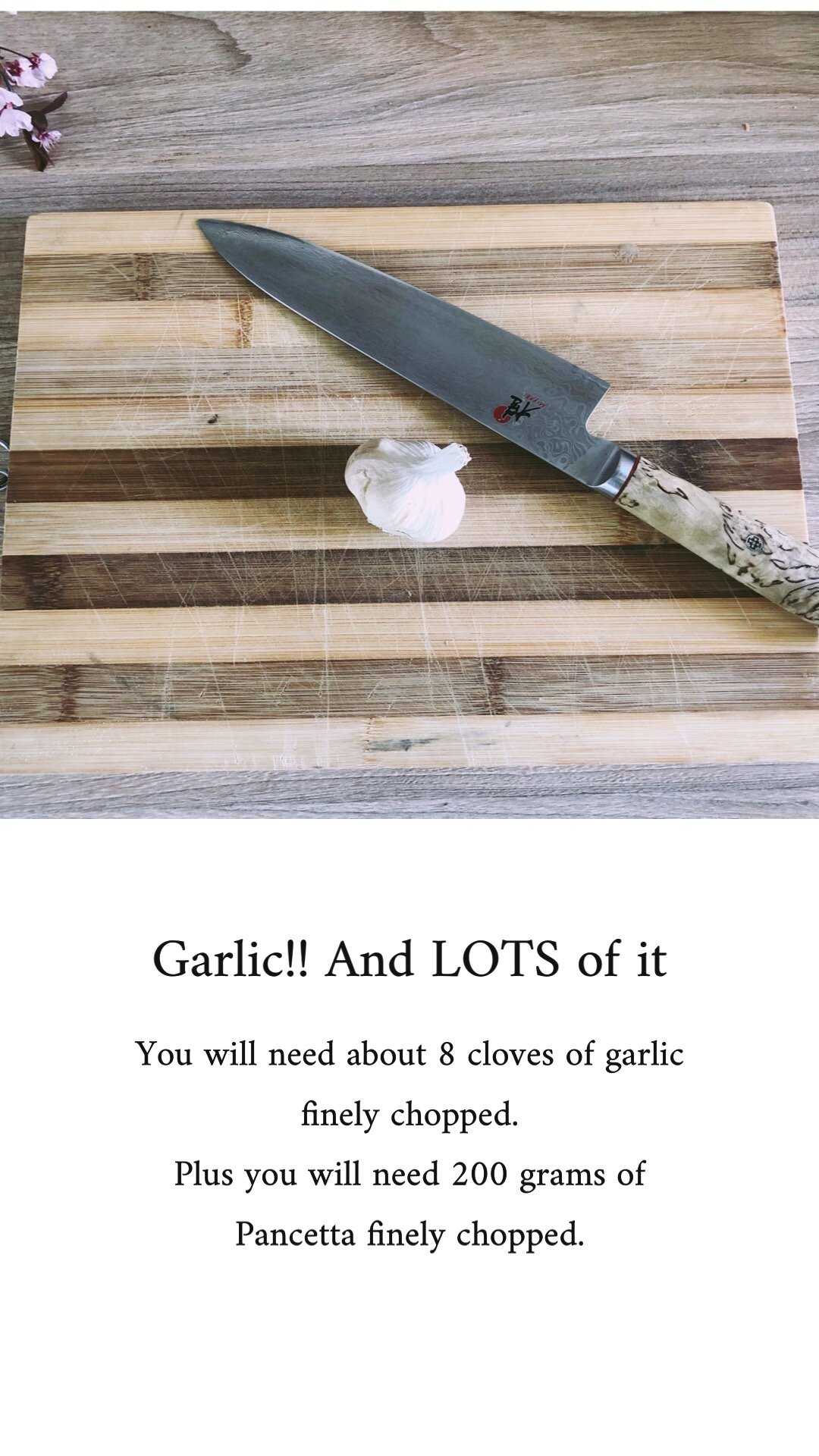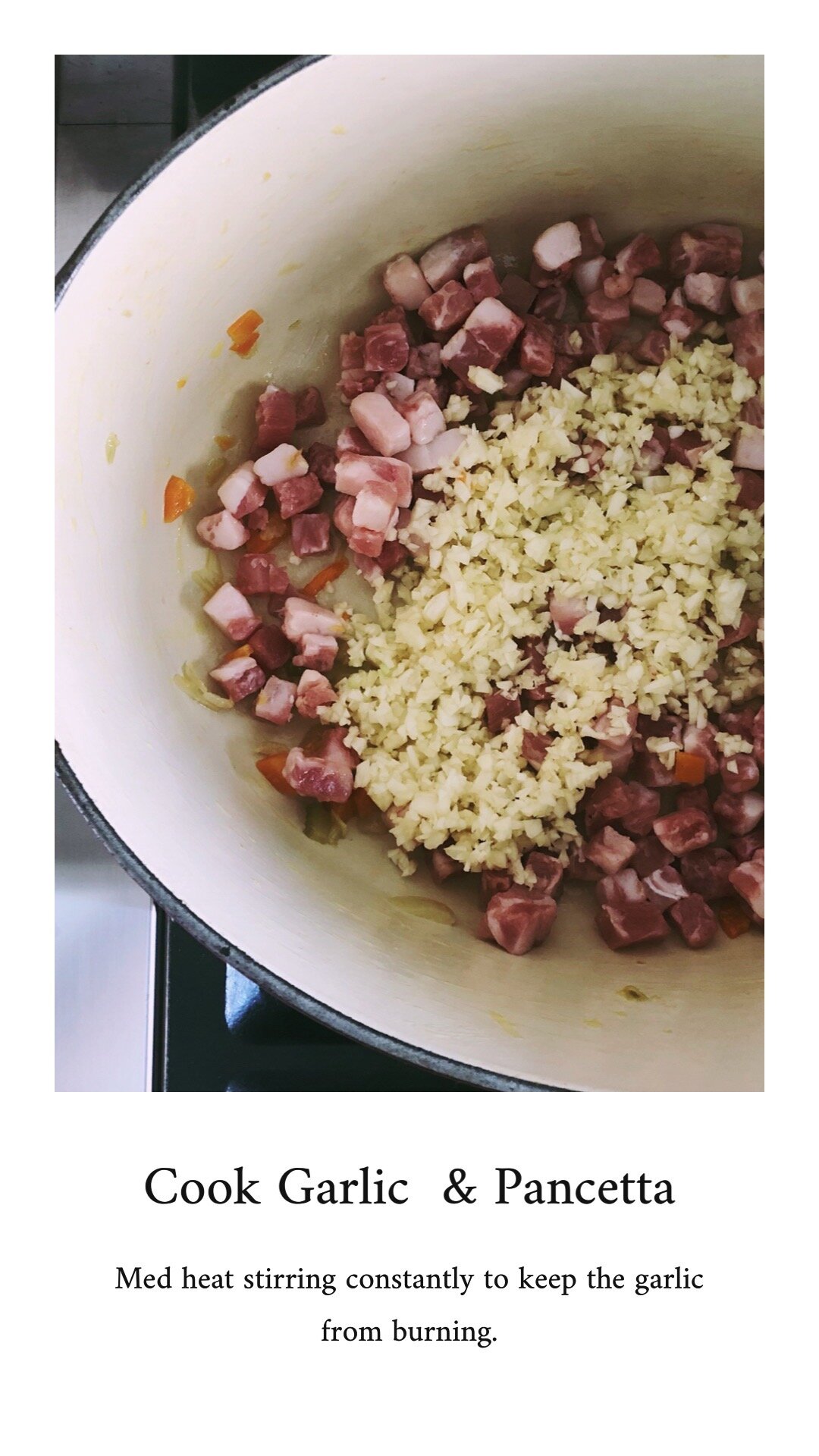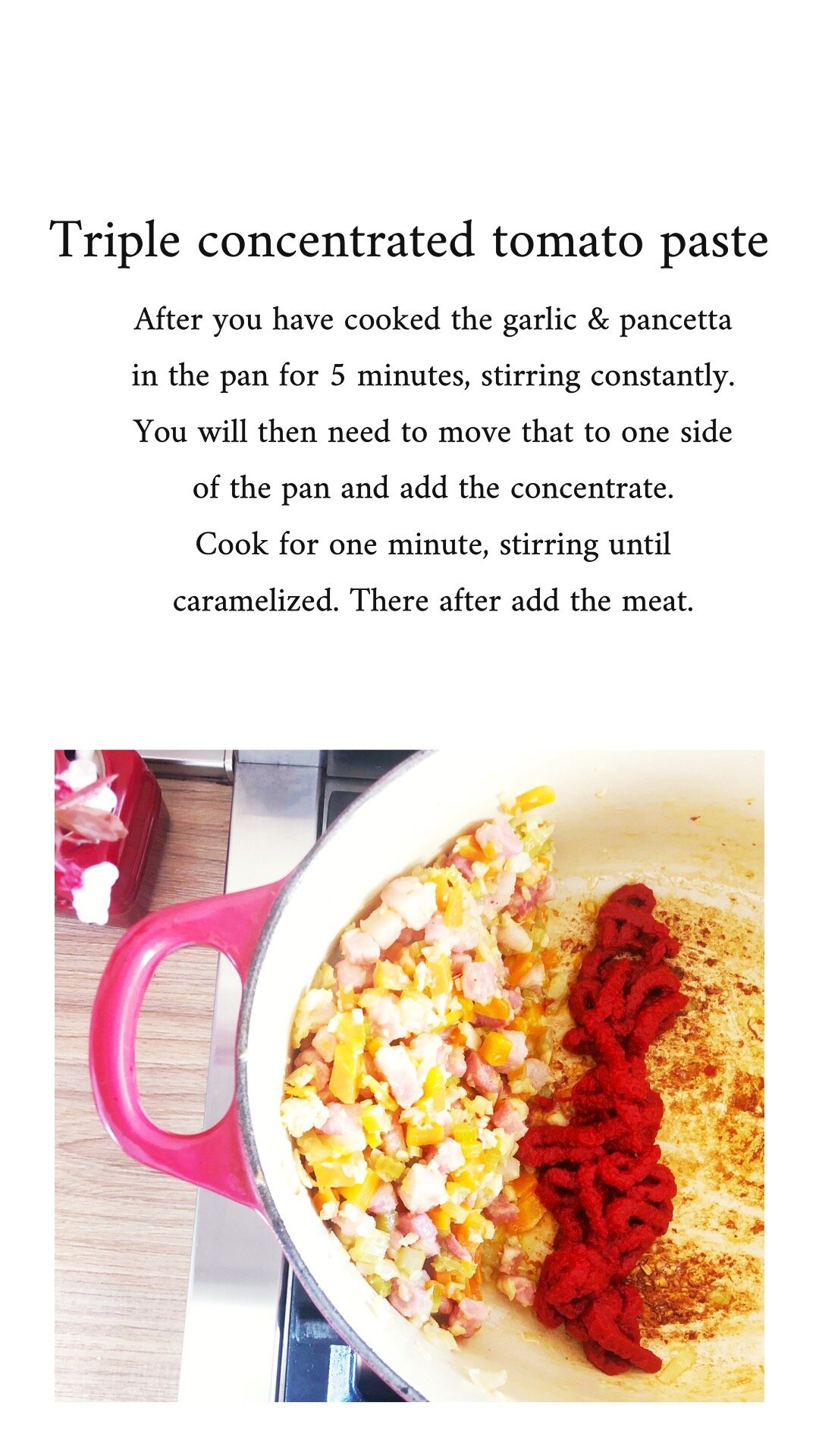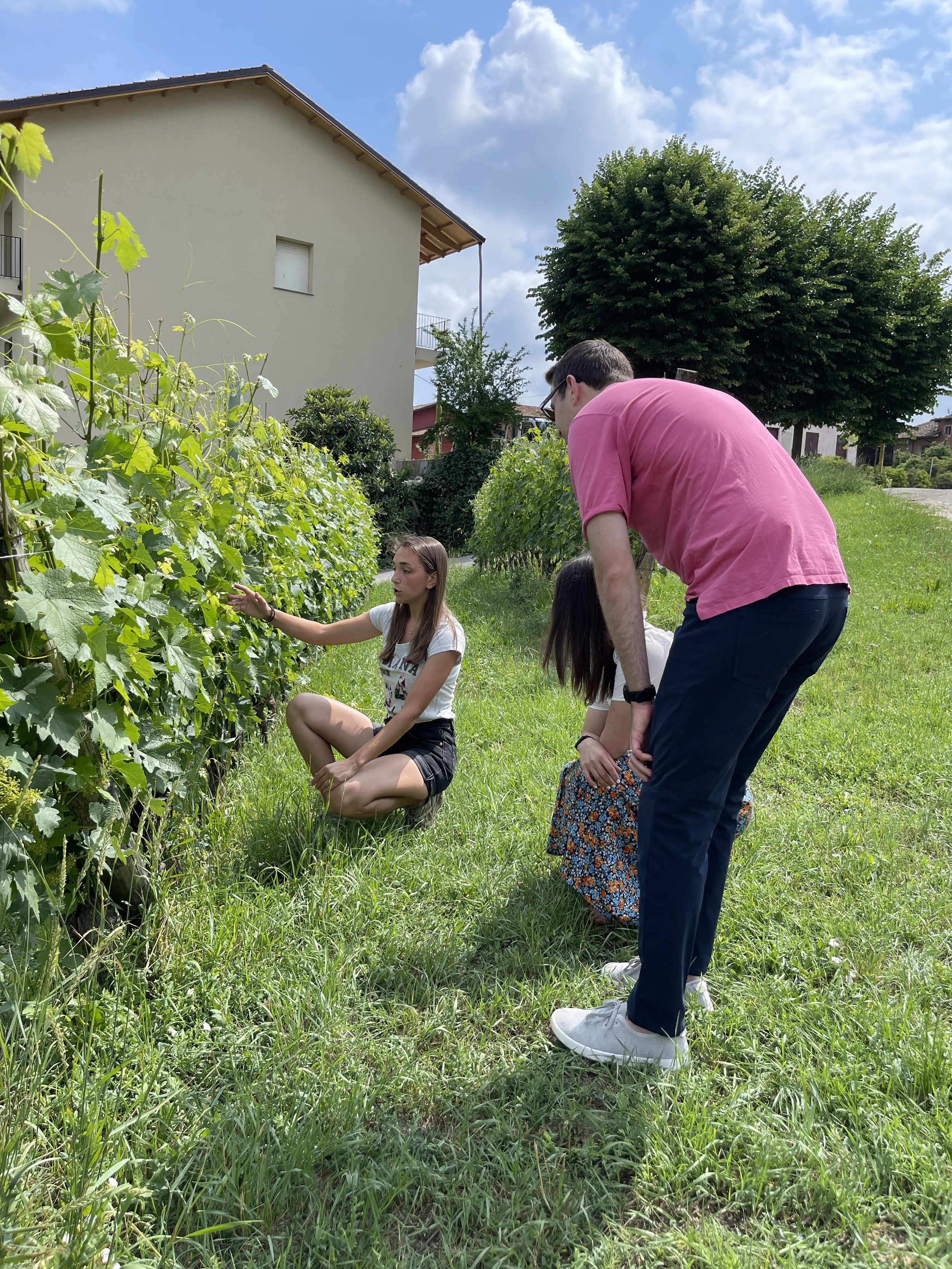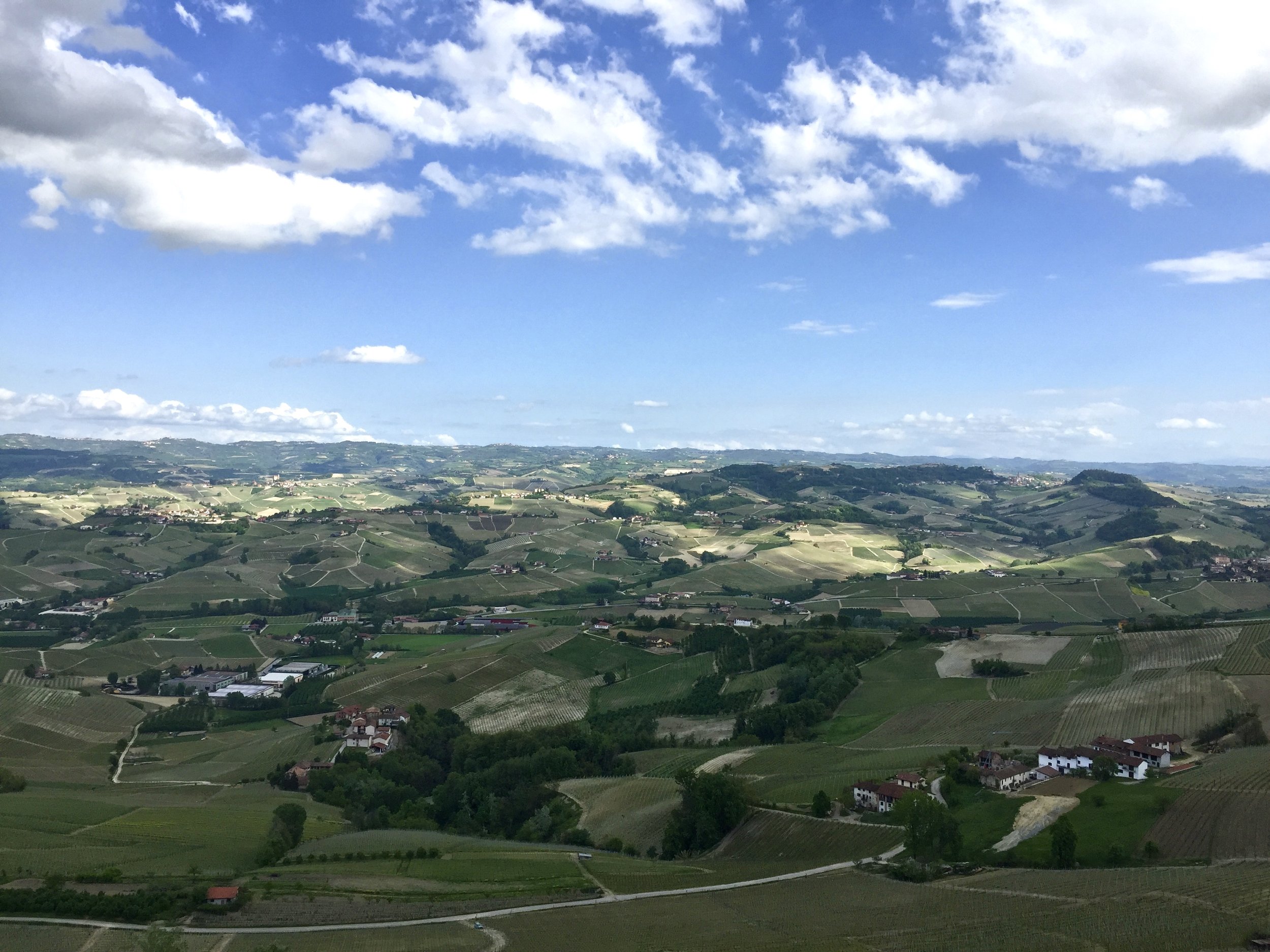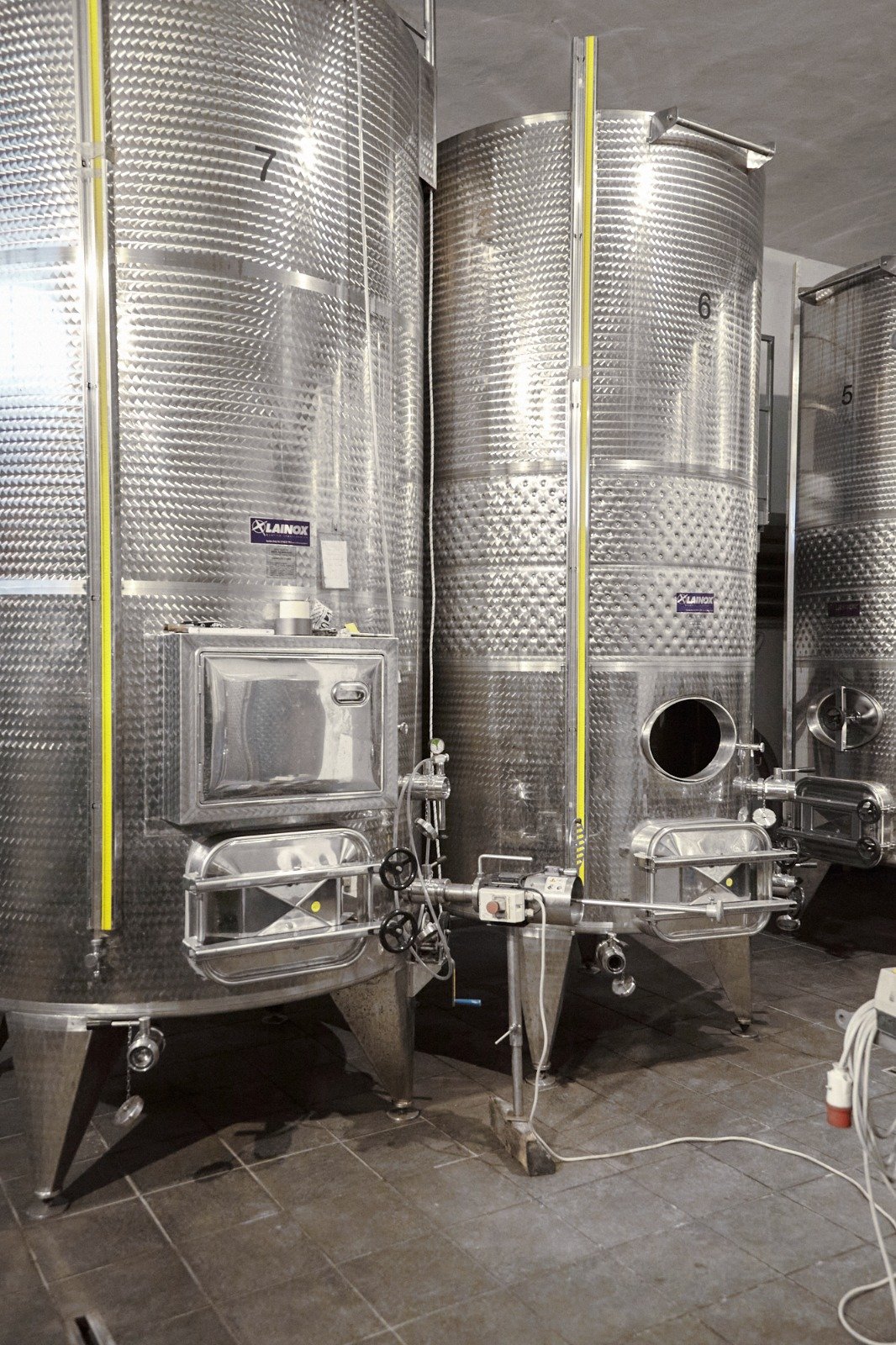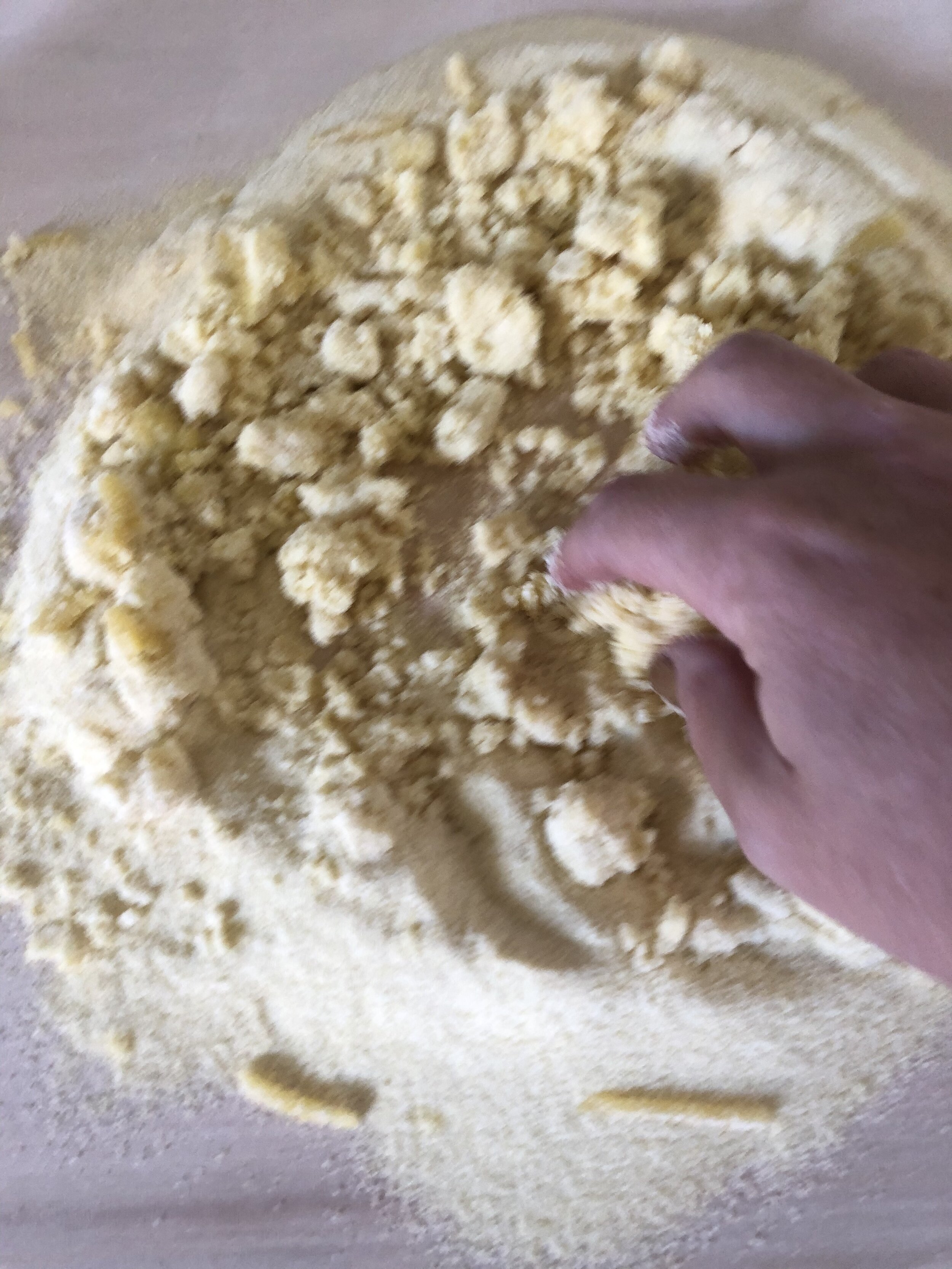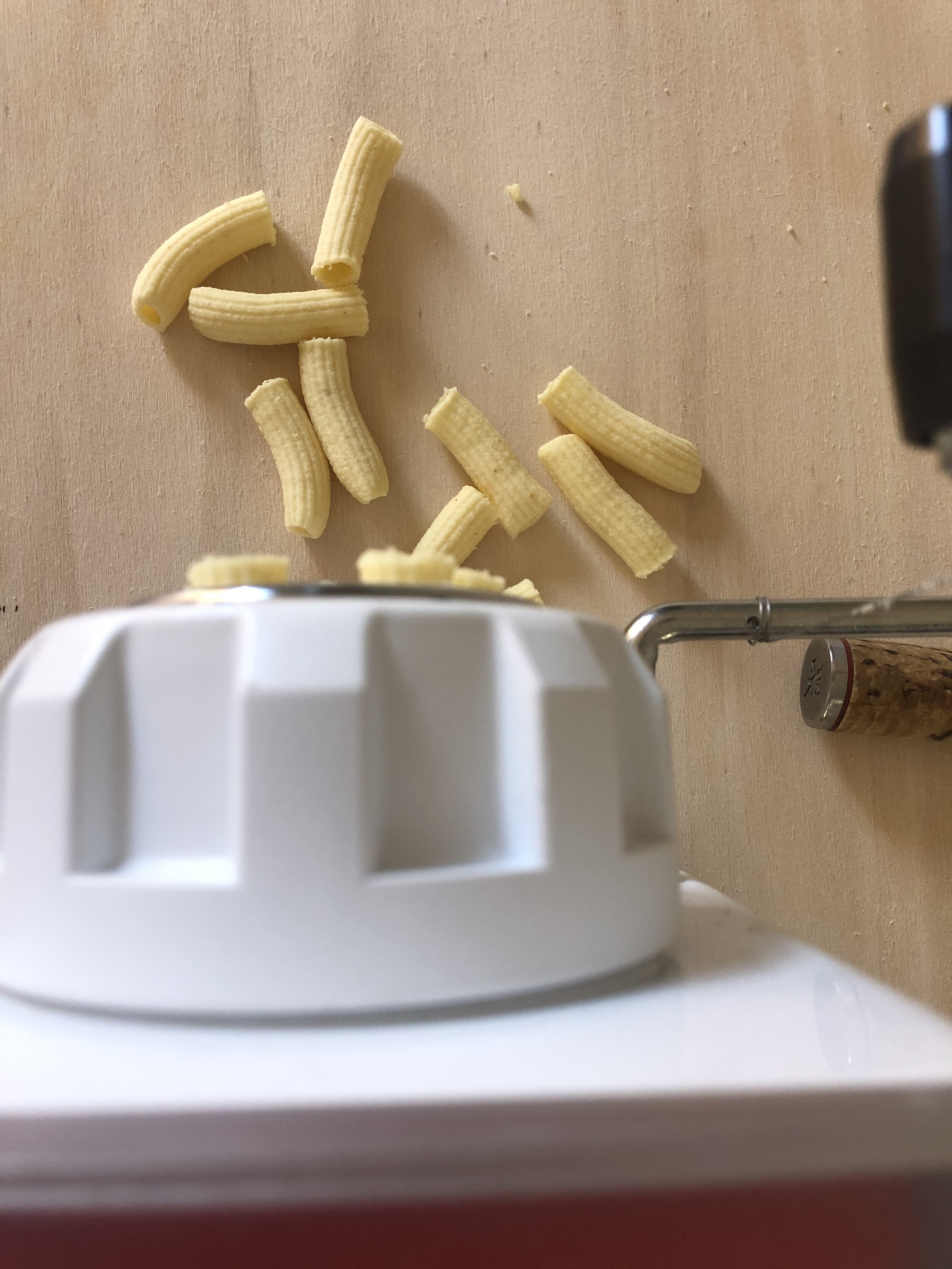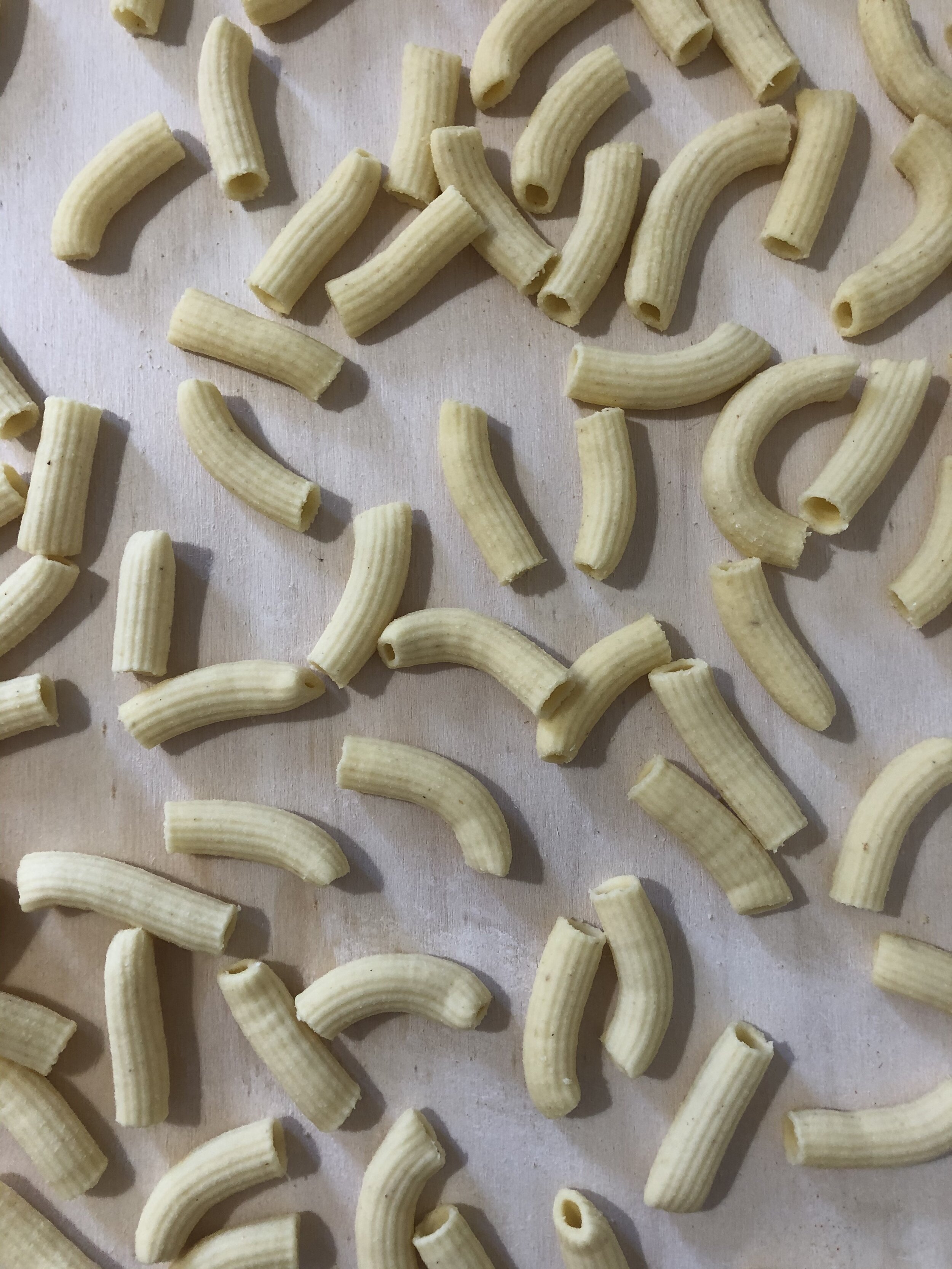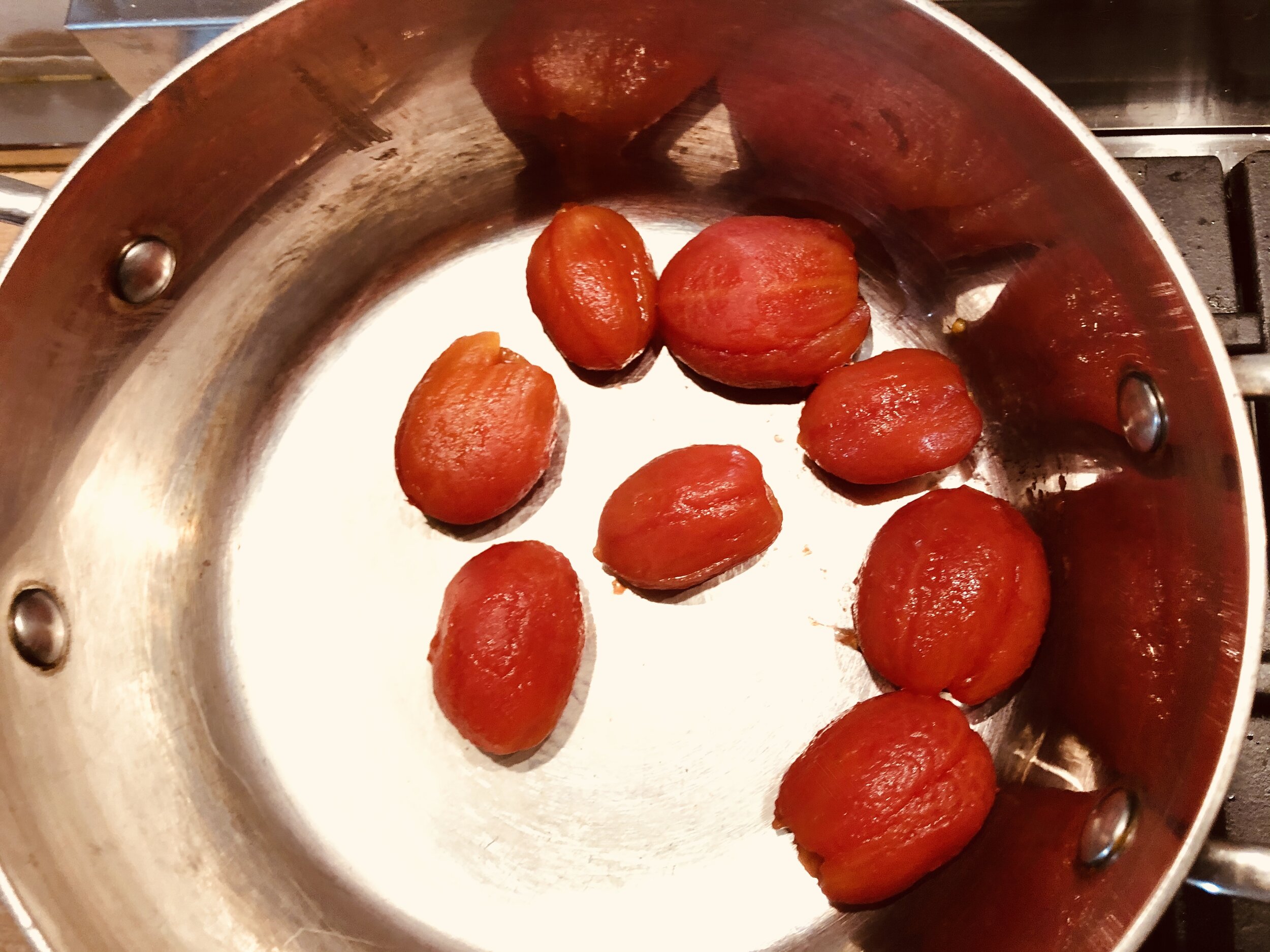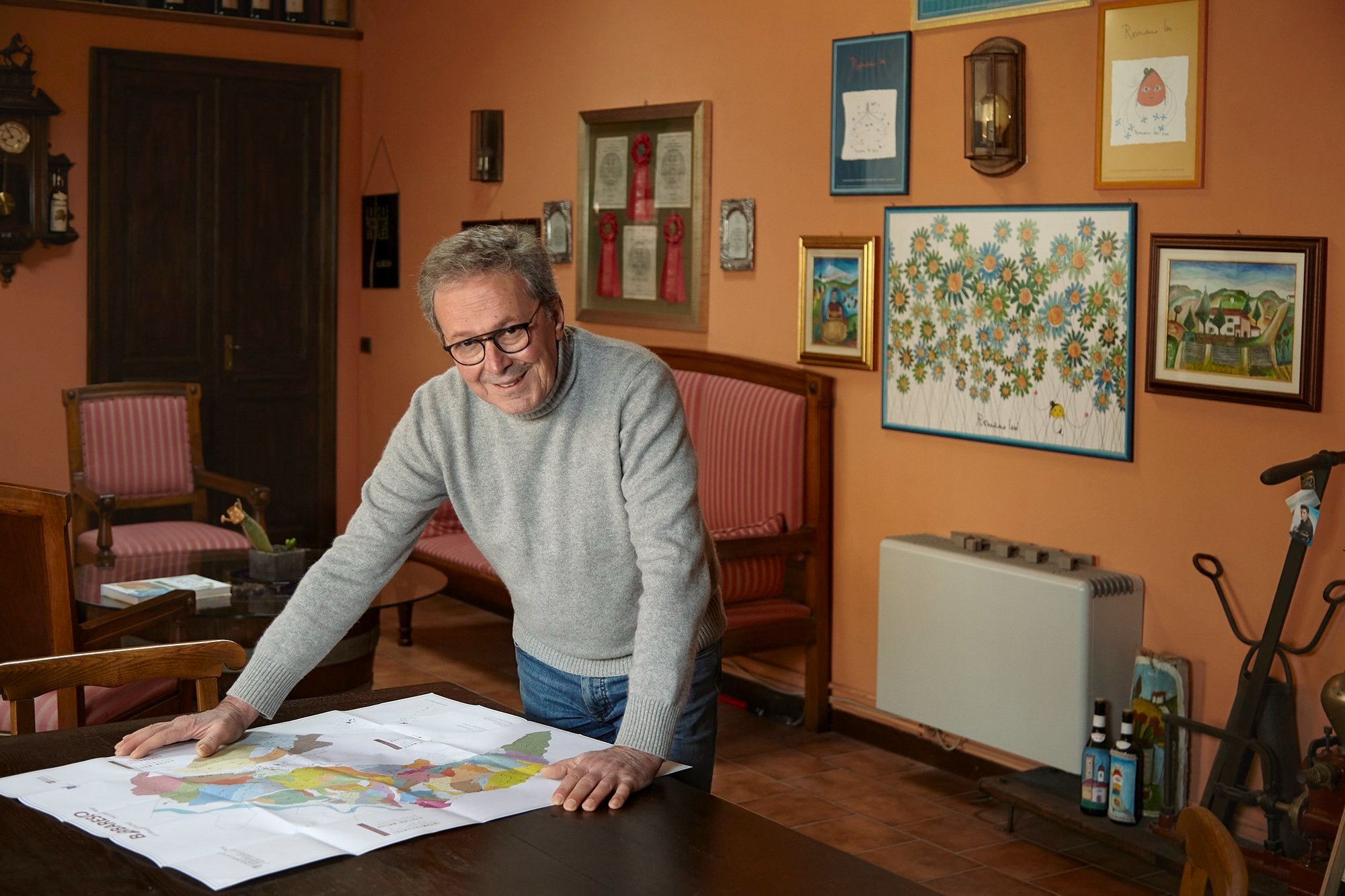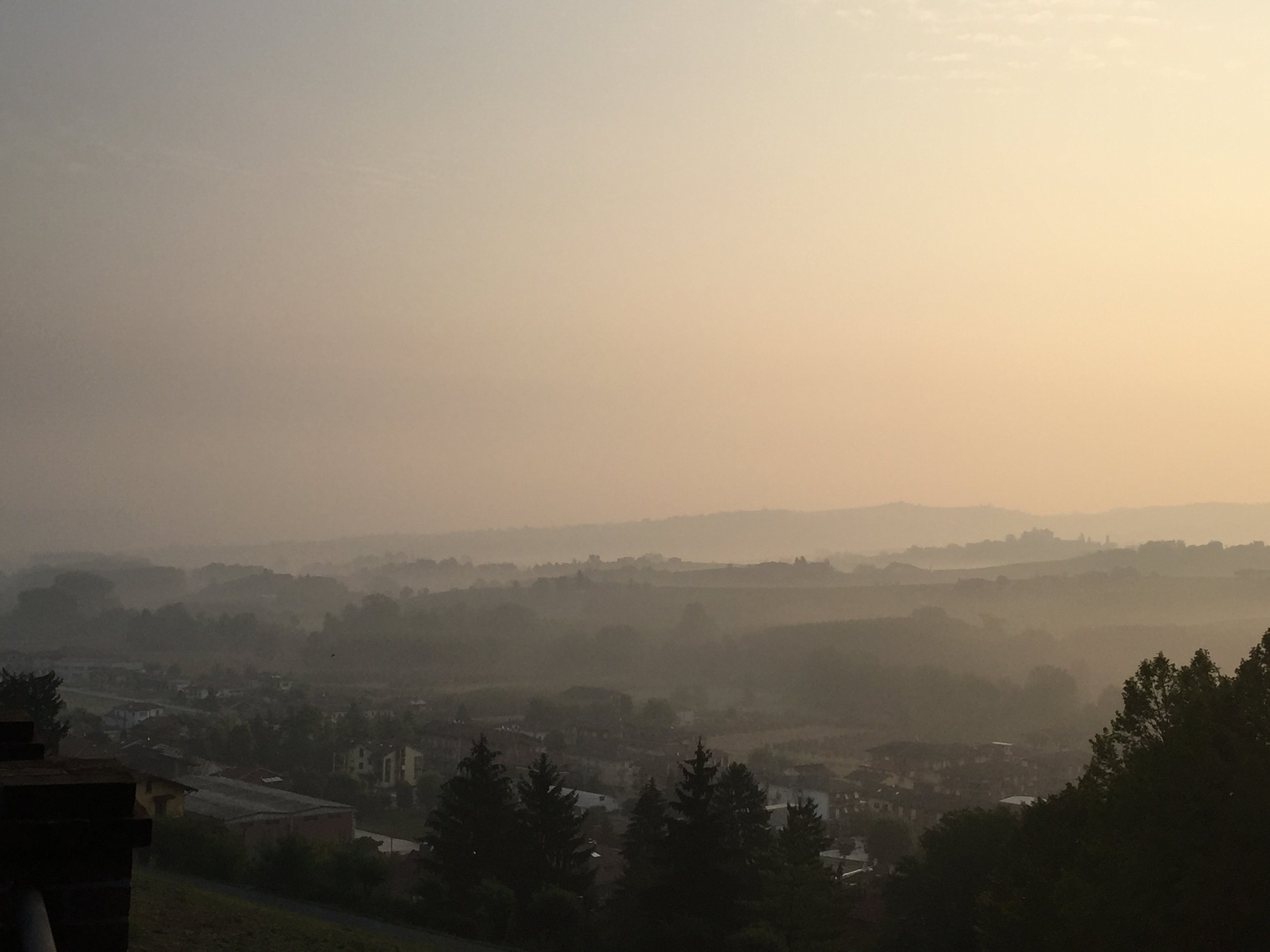Looking to Bring Back Wine from Piedmont, Italy or Beyond? Take it back on the plane.
/International travelers returning home who want to fly back with a taste of our region can bring back some wine with them. There are a number of practical reasons to do this.
thumbnail_Lazenne_kuchnia_ok_1024x1024
* You will unavoidably discover small, family run wineries, which don’t export to your part of the world.
* Even if the producer can be found at home, there are specific vintages that may not be available.
* Alcohol shipping laws are restrictive and it is illegal to ship to many countries without an alcohol import license, making the process complicated.
* Shipping costs are high and parting with your wine opens you up to other risks, like temperature fluctuations during transport, long shipping durations, and potential damage.
Transporting wine with you on the plane is a great alternative. Here is what you have to know to do this:
In general, you may take wine on the airplane providing it’s checked (as hold baggage). This is because liquids in carry-on (cabin) luggage are prohibited unless they’re in containers with a capacity of less than 100 ml; hence full size wine bottles are a no-no.
Watch Your Weight
Standard airline weight limits will apply, which is typically 23 kg (50 lbs) per baggage for international travelers. A typical bottle of wine weighs between 1.2 and 1.8 kg (2.5 and 4 lbs). Consider grabbing one of these useful portable luggage scales to know the weight of your suitcase before you head out to the airport and avoid excess baggage fees.
Duty-Free and Duty
Each country has a duty-free limit for alcohol, and may charge duty when you bring more than this duty-free limit. When travelling between two E.U. countries each traveller can take up to 90 litres of wine duty-free if it’s for personal consumption. The U.S., for example, has a duty-free limit of 2 bottles. If you bring more, you technically face duty of only $0.35 to $2 per bottle, but because this is such a small amount duty officers rarely bother to charge you and simply wave you through. See this travelling with wine and alcohol guide and check the details for your country.
Always Use Protection
It’s critical to ensure that your wine bottles are well protected in your suitcase to avoid any unpleasant surprises at the end of the trip. If wrapping your wine bottles in clothes is not worth the risk, there are a number of products that will give you peace of mind. Remember it’s not just the bottles you may lose if they break, but your suitcase’s contents as well. For one or two bottles there are bottle protection sleeves, some of which use bubble wrap type technology, while others inflate around your bottle to protect them. You can use a Styrofoam bottle protector, which comes in a variety of sizes for different numbers of bottles.
thumbnail_IMG_2913
For those wanting to bring back a larger number of bottles, it’s worth investing in the Lazenne’s Wine Check luggage. This easy-to-transport, airline approved carrier features wheels and a handy strap, and can carry 12 or 15 bottles of wine depending on the model chosen. With the bottles packed, the carrier still meets the airline’s international checked-bag weight limit of 23 kg (50lbs).
You can order the abovementioned wine travel products and more from European online retailer Lazenne. They can ship directly to your hotel throughout Italy and Europe.
thumbnail_Screen_Shot_2015-05-27_at_10.50.22_AM_1024x1024






